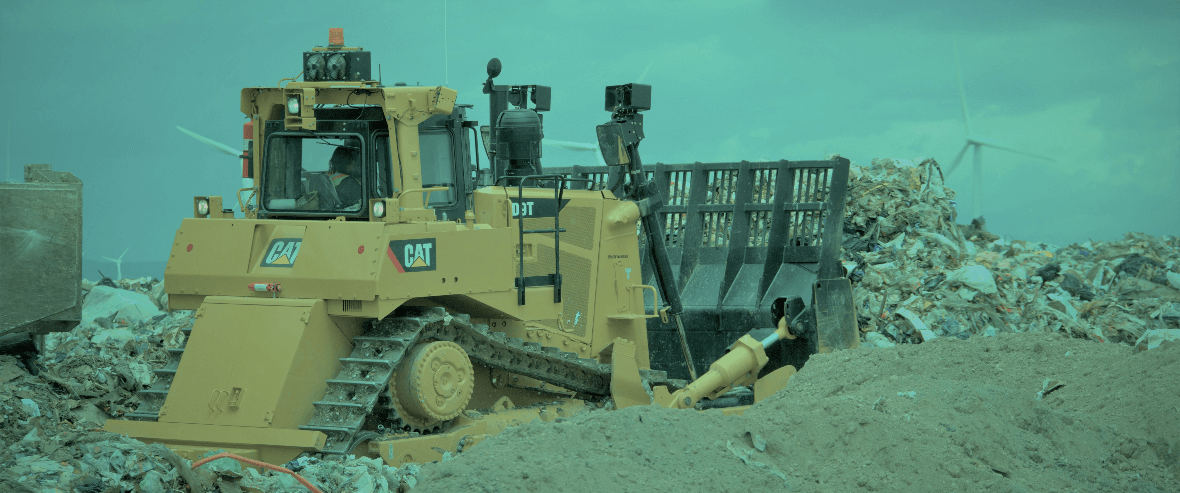
Construction Waste Management Basics
Construction work can create large amounts of waste, from demolition debris to old materials and other items. If construction waste is not properly disposed of, it can create major problems for the environment and for public health.
Thankfully, there are many ways you can effectively reduce, reuse and recycle waste. If you work on construction waste disposal, these waste management tips will help you get your job done responsibly.
1. Reduce
Reducing the amount of construction waste on your project is essential, as source reduction prevents waste from being produced at all. You can reduce waste by choosing to preserve existing buildings rather than creating new ones, designing buildings with adaptable features to prolong their lives, choosing materials that are shipped with minimal packaging and using construction methods that facilitate disassembly and reuse.
Taking these steps helps to conserve landfill space, lessen construction's impact on the environment and even reduce project costs.
2. Reuse
Many different forms of construction debris can be reused in other products. Reusable debris includes:
- Landscaping/land clearing debris.
- Concrete.
- Insulated materials.
- Clean wood.
- Gravel.
- Asphalt pavements.
- Masonry scraps.
- Plastics.
Products that are in decent condition, such as doors and windows, can also be sold or donated to other projects or organizations.
By reusing salvageable construction materials, you can conserve more resources while also saving money.
3. Recycle
Construction debris and building components can often be recycled into other usable resources. For example, concrete and rubble can be converted into aggregate and wood can be recycled for creating furniture.
There are three common methods for recycling construction waste:
- Site-separated: Separate your waste on the job site, using multiple boxes for each type to separate materials as specifically as possible. This method is a great way to establish an atmosphere of responsibility and help you achieve your recycling goals. However, it does require additional space and a high level of supervision to ensure the recycling is properly sorted.
- Commingled recycling: Instead of separating the recycling by type, use just one container and have the recycling hauled and sorted off-site. Commingling streamlines the on-site management process and is ideal if you are tight on space.
- Hybrid recycling: A combination of site-separated and commingled methods, hybrid recycling uses just one box for each category of waste.
The best method for your site depends on the time and resources you are able to devote to the recycling process. Consider factors such as how much room you have for waste containers, whether there will be any changes in the type of waste throughout the project and if there is enough staff for effective supervision.
Contact The Cat® Rental Store for Your Construction Equipment Needs
Taking proactive steps to reduce, reuse and recycle is crucial for proper construction waste management. Using the right equipment can also help you reduce material waste on your project, as high-quality machines deliver the precise performance needed to work with pinpoint accuracy.
To find out more about the exceptional equipment we have available at The Cat® Rental Store or to get a rental quote, call us today at 1-800-RENT-CAT. You can also browse our equipment inventory online.
Find The Cat Rental Store Near You